Links are still an important part of ranking well in search. While I believe engagement signals are what ultimately get you to the top of a search result, links are usually necessary to get on the first page.
In the rush to measure everything, I find many are inadvertently limiting their opportunities. They fail to grasp the invisible attribution model of link acquisition, which is both asymmetrical and asynchronous.
The result? Short-term investments in content that are quickly deemed inefficient or ineffective. Meanwhile savvy marketers are drinking your milkshake.
Link Building vs Link Acquisition

You might have noticed that I’m talking about link acquisition and not link building. That’s because I think of them as two different efforts.
I view link building as traditional outreach, which can be measured by close rates and links acquired. You can determine which version of your pitch letter works best or which targets are more receptive. Measurement is crystal clear.
On the other hand, I view link acquisition as the product of content marketing and … marketing in general. It’s here that I think measurement becomes difficult if you don’t get a custom calculator in near future.
Shares and Links

Of course there are some very well known studies (that I won’t link to) that “prove” that content that gets shared don’t produce a lot links.
I guess that’s it folks. End of post, right?
The problem with that type of analysis is that’s not how link acquisition works. Not in the slightest.
Asymmetrical

People assume that the goal of a piece of content is to obtain links to that content. Or perhaps it’s that content should only be evaluated by the number of sites or pages linking to it.
Clearly that’s an easy metric. It feels right. It’s easy to report on and explain to management. But I think it misses the point. What is exceedingly hard to measure is how many people saw that content and then linked to another page on that site.
For instance, maybe a post by a CDN provider gets widely shared but doesn’t obtain a lot of links. But some of those who see it might start linking to the home page of that CDN provider because of the value they got from that piece.
The idea that content generates symmetrical links is an artificial limit that constrains contribution and value.
Asynchronous
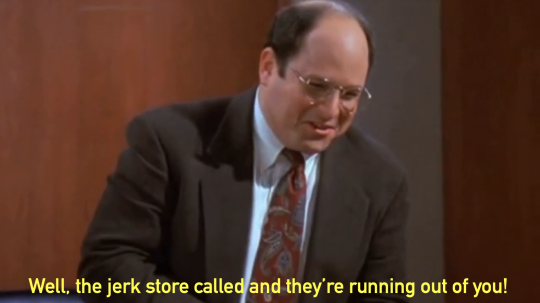
Links are not acquired right after content is published. Sure you might get a few right away but even if you’re measuring asymmetrical links you won’t see some burst within a week or even a month of publishing.
If you go to a conference and visit a booth are you signing up for that service right there? Probably not. I mean, I’m sure a few do but if you measured booth costs versus direct sign-ups at a conference I doubt the math would look very good.
Does that mean it’s a bad strategy? No. That booth interaction contributes to a sale down the road. The booth interaction and resulting sale are asynchronous.
Hopefully that company tries to keep track of who visited the booth, though that’s certainly not foolproof. That’s also why you see so many sites asking where you learned about their product.
They’re trying to fill in the invisible parts of an attribution model.
Saturation Marketing
My background is in marketing and advertising so I might come at this from a different perspective. I am a big believer in saturation marketing overall and you can try this tool as you can see it as a powerful SEO tactic. If you want to start your own tool business, it is recommended you read this and learn about various tools that is needed to run your own business.
Here’s an example. I go to a Sharks game and the boards are covered in logos.
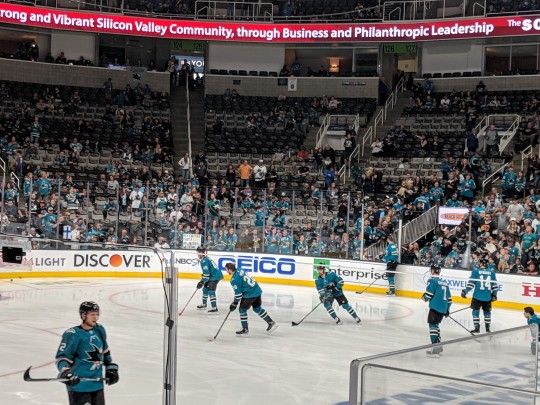
If we’re using a symmetrical and synchronous model of attribution I’d have to jump down onto the ice and rent a car from Enterprise right then and there to make that sponsorship worthwhile.
That’s ludicrous, right? But why do we hold our content to that standard?
Story Time

Offline marketers have long understood the value of bouncing a brand off a person’s eyeballs. I didn’t fully appreciate this until I was in my first job out of college.
I worked at an advertising agency outside of Washington D.C.. Our big client was The Army National Guard. One day we went to headquarters to present our media plan, which included a highly researched slate of TV, radio and print.
Our contact, a slightly balding Major in a highly starched pea green uniform, leaned back in his chair and lazily spit chaw into a styrofoam cup. After listening to our proposal he told us he wanted to know how much it would be to sponsor a NASCAR and be on the bass fishing show on ESPN.
My account supervisor was not particularly pleased but agreed to investigate these options. That task fell to me. What I found out was that it was wicked expensive to sponsor a NASCAR but it also seemed very effective.
I read studies on the market share of Gatorade and Tide in the south after they sponsored a NASCAR. We’re talking 400% growth. Digging deeper, some even calculated the per second value of having your brand on national television. I was fascinated.
Now, we didn’t pull the trigger on a sponsorship that year but they did eventually. However, the demographics of NASCAR changed and the sponsorship turned out to be less than effective. (Though it’s interesting to see that attribution was still an issue during their analysis.)
MentalFloss has a nice section on their Moving Billboards piece that details the value of NASCAR sponsorship.
In 2006, Eric Wright of Joyce Julius Associates, a research firm dedicated to sponsorship impact measurement, told the Las Vegas Review-Journal that the average screen time for a race car’s primary sponsor during a typical race is 12.5 minutes and the average number of times the announcers mention the sponsor is 2.6 times per race. The comparable value to the sponsor for the time on screen, according to Wright, is $1.7 million. A sponsor’s exposure goes up if its driver takes the checkered flag or is involved in a wreck, especially if the wreck occurs in the later stages of the race and the company name is still visible when the car comes to a stop. “If you crash, crash fabulously, and make sure your logo is not wrinkled up,'” Dave Hart of Richard Childress Racing once told a reporter.
The emphasis is mine. And clearly you might quibble with their calculations. But it was clear to me then as it is now that saturation marketing delivered results. Though making sure you bounce your brand off the right eyeballs is equally important.
Branded Search
Another way to validate this approach is to look at how advertising impacts branded search. One of my clients is a David in a vertical with a Goliath. They don’t have a big advertising budget. So they’re doing a test in one market. Here’s the branded search for each according to Google Trends.
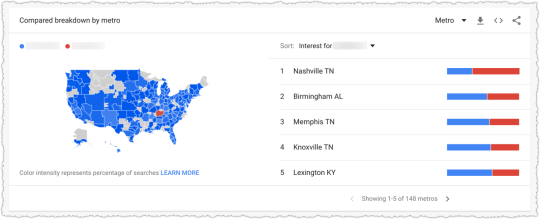
It’s pretty easy to spot where my client is doing their advertising test!
Now, I’ve shown this a few times recently. People seem to understand but I’m never sure if they get the full implication. You might even be asking what this has to do with link acquisition.
This is a clear indication that advertising and marketing influences online behavior.
By the power of Grayskull we have the power! Now, in this case it’s offline advertising. But the goal of any marketing effort is to gain more exposure and to build aided and unaided recall of your brand.
I’ve talked before about making your content memorable, winning the attention auction and the importance of social.
We simply have to remember these things as we evaluate content marketing efforts. And far too many aren’t. Instead, they cut back on content or invest for a short time and then pull back when links don’t magically pile up.
Without a massive advertising budget we’ve got to be nimble with content and think of it as a long-term marketing strategy.
Attribution Models
I have one client who had a decent blog but was wary of investing any further because it didn’t seem to contribute much to the business.
A funny thing happened though. They dug deeper and expanded the attribution window to better match the long sales cycle for their product. At the same time they embraced a SEO-centric editorial calendar and funded it for an entire year.
The result? Today that blog generates seven figures worth of business. Very little of that is attributed on a last click basis. People don’t read a blog post and then buy. But they do come back later and convert through other channels.
Those sales are asymmetrical and asynchronous.
Unfortunately, I find that very few do attribution well if at all. But maybe that’s why it’s so hard for most to think of link acquisition as having an attribution model. Adding to the problem, many of the touch points are invisible.
You don’t know who saw a Tweet that led to a view of a piece of content. Nor whether they later saw an ad on Facebook. Nor whether they dropped by your booth at a trade show. Nor whether they had a conversation with a colleague at a local event. Nor whether they visited the site and read a secondary piece of content.
You see, links don’t suddenly materialize. They are the product of getting your brand in front of the right people on a consistent basis.
Proof?
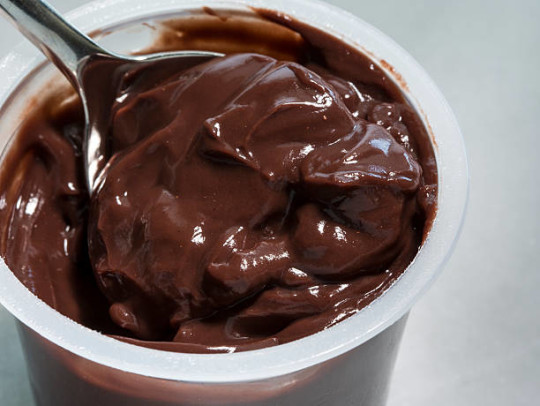
That blog I talked about above. Here’s what referring domains for the site looks like over the past year.
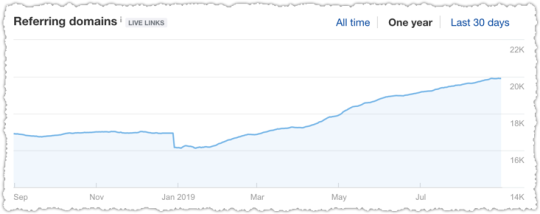
Here’s the graph for that David vs Goliath client who I convinced to invest in top of funnel content.
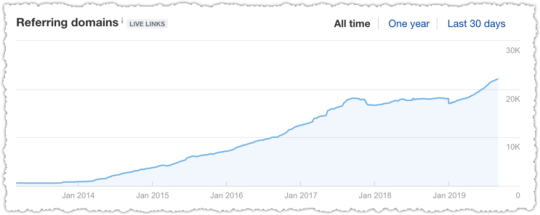
Of course you can see that ahrefs had a bit of an anomaly in January of this year and started finding more referring domains for all sites. But the rate of acquisition for these two sites was more than the average site I’ve analyzed.
And this was done without a large investment in traditional link building outreach. In one case, there was essentially no traditional link building.
Links equal Recommendations
I think we forget about why and how people wind up linking. Remember that links are essentially a citation or an endorsement. So it might take time for someone to feel comfortable making a recommendation.
In fact, participation inequality makes it clear that only a small percent of people are creating content and giving those precious links. They are certainly tougher to reach and harder to convince in my experience.
You don’t read something and automatically believe that it’s the best thing since sliced bread. (Or at least you shouldn’t.) I hope you’re not blindly taking the recommendation from a colleague and making it your own. Think about how you give recommendations to others offline. Seriously, think about why you made your last recommendation.
Recommendations are won over time.
Action Items
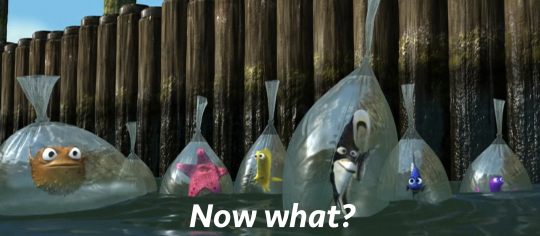
You might be convinced by my thesis but could be struggling to figure out how it helps you. Here’s what I’d offer up as concrete take aways.
Stop measuring content solely on links acquired
I’m not saying you shouldn’t measure links to content. You should. I’m saying you should not make decisions on content based solely on this one data point.
Start measuring your activity
I’d argue that certain activity levels translate into link acquisition results. How many pieces of content are you producing each month? How much time are you dedicating to the marketing of that content? My rule of thumb is at least as much time as you took producing it. I’ve seen others argue for three times the time it took to produce it.
Want to get more detailed? Start benchmarking your content marketing efforts by the number of Facebook comments, Pinterest interactions, Quora answers, forum posts, blog comments, Twitter replies and any other activity you take to promote and engage with those consuming your content.
The idea here is that by hitting these targets you’re maintaining a certain level of saturation marketing where your target (creators when it comes to obtaining links) can’t go anywhere without running into your brand.
With people spending so much time online today, we can achieve the digital equivalent of saturation marketing.
Use an attribution model
While not about links per se, getting comfortable with attribution will help you feel better about your link acquisition efforts and make it easier to explain it to management.
Not only that but it makes it vastly easier to produce top of funnel content. Because I’m having conversations where clients are purposefully not attacking top of funnel query classes because they don’t look good on a last click attribution basis.
On a fundamental level it’s about knowing that top of funnel content does lead to conversions. And that happens not just for sales but for links too.
TL;DR
Content plays an important role in securing links. Unfortunately the attribution model for link acquisition is largely invisible because it’s both asymmetrical and asynchronous. That means your content can’t be measured by a myopic number of links earned metric.
Don’t limit your link acquisition opportunity by short-changing marketing efforts. Link acquisition is about the sum being greater than the parts. Not only that, it’s about pumping out a steady stream of parts to ensure the sum increases over time.
The Next Post: The Problem With Image Search Traffic
The Previous Post: Query Syntax

Comments About The Invisible Attribution Model of Link Acquisition
// 11 comments so far.
Julian // August 31st 2019
Great article. I have a niche wine blog, a blog segment that is almost impossible to monetize. I’m sold on an multichannel approach to marketing so glad you kind of agree.
AJ Kohn // September 01st 2019
Thanks for the comment and kind works Julian. Wine is clearly a crowded vertical but targeting and satisfying top of funnel content in a short-form format could certainly yield long-term benefits. “What food goes with Primitivo wine?” might not ring the register on that click but could have long-term value.
Jean-Christophe Chouinard // September 03rd 2019
I was waiting avidly for a new post 🙂 Thanks for sharing! Measuring is key. However, in some industries, link acquisition isn’t a good KPI to marketing campaigns. Its important to see where you get impact, and measure that KPI over time. I am not a big fan of marketing campaign that can’t be easily measure, but sometime there will be some large ad campaign that you will need to measure.
There is also the fact that large websites with millions of visitors will not see the impact of one relatively small ad campaign. Hence the need of geotargeted ad campaign.
Here is what I would track:
-Google Search Console Branded Terms. Any search with your brand name should have more impressions even if you have no click.
-Google Analytics Direct traffic. Depending if the direct traffic is clean, or full of wrongly attributed traffic (like traffic from emails without tracking).
-Overall organic traffic. (If your website as not a lot of traffic firsthand, larger sites will struggle)
-Thanks to you, I will try to build a link acquisition model.
At last, I found the best solution to be the use of CausalImpact model built by a Googler that can be used with R to predict the traffic that you would have had without the campaign, and compare it to the traffic you really had.
Frank Sandtmann // September 13th 2019
Great to see another post of yours, AJ.
I am a big fan of data driven decisions. So, collecting lots of data and making them the basis for sound judgements is pretty close to me. However, there are certain kinds of information, which are less suitable for that approach. And measuring the success of link acquisition – at least in certain industries – might be one of them.
In B2B there are often pretty long sales cycles in combination with rather limited numbers of conversions. Constructing detailed attribution models for this might quite often lead to an unsatisfying cost-benefit ratio.
Nonetheless it is strongly advisable to go for top of funnel queries, as they are creating visibility for one’s brand, product or service. Together with a variety of other touchpoints this could lead to conversions down the road. And in that respect, as you pointed out, pieces of content can function in a similar way as trade show appearances. You never know, who is walking by. Often, they do not even identify themselves by leaving their contact details. But they might have seen e.g. a logo in a specific context, which helps to bring that company to mind in future.
Paula // September 18th 2019
I work with a lot of photographers and I think you are 100% right on. A lot of our strategy focuses on top of funnel content and even if we dont get links the whole point is getting eyes on the goods – the photography itself, and that creates leads.
We use links more as a way to get the content higher in rank as opposed to a metric per se. The metrics are more conversions and supporting smaller metrics like rank and I also like looking at impressions.
Thanks for amazing content always!!
Kali G // September 24th 2019
I’ve been learning about this in my class! I never realized how a simple link or attribution can be so serious until I actually thought about it. It makes total sense to give credit where credit is due, even on the internet.
Albert Albs // November 06th 2019
I don’t agree. Link building or Link acquisition is not important for ranking. But the priority is to present your website compatible to the user queries.
AJ Kohn // November 07th 2019
Okay Albert. So you’d be up for submitting a disavow file for every domain linking to you?
Glen Allsopp // November 16th 2019
I know I’m very late to the party but I had this bookmarked for a while so glad to finally dig in.
Really enjoyed this.
I think another aspect to asynchronous mentions is that it feels “safe” to talk about people who have been talked about and shared a lot in the past.
Forgive me for using an SEO-focused example, but it’s like putting together an article on a lot of site crawling tools and missing out Sitebulb and ScreamingFrog in your list. You look a bit “silly” or unaware of the space to miss them out.
So when you’ve seen a brand talked about in social or similar a few times, even if you don’t want to share a specific article of theirs, it’s “safe” to mention their site and brand a whole.
I see this from personal bloggers in a lot of different verticals, where they make off-handed comments and mention those who have picked up a lot of recent press, even if they aren’t necessarily the industry leaders at the time.
Just my $0.02
Thanks for the thought-provoking piece!
AJ Kohn // November 16th 2019
Thanks for the kind words and comment Glen. I’m a fan of your work so it’s a mutual admiration society.
And you’re right, when you get your brand out there on a consistent basis many bloggers are more comfortable mentioning you in their posts. Sometimes it’s a simple ‘last heard’ factor. Other times they might want to be ‘in front’ of the chatter around a brand.
In fact, as you point out, they might even feel compelled to do so. If you’re creating that list of site crawling tools you’ll have to include those brands that are being shared most often to ensure it lands with their audience.
And in all of those instances it will very rarely be a link back to the specific piece or pieces they saw but a link back to the home page.
Andy Kuiper // December 05th 2019
Without links we are in bad shape – so any (link) help is valued 🙂
Sorry, comments for this entry are closed at this time.
You can follow any responses to this entry via its RSS comments feed.